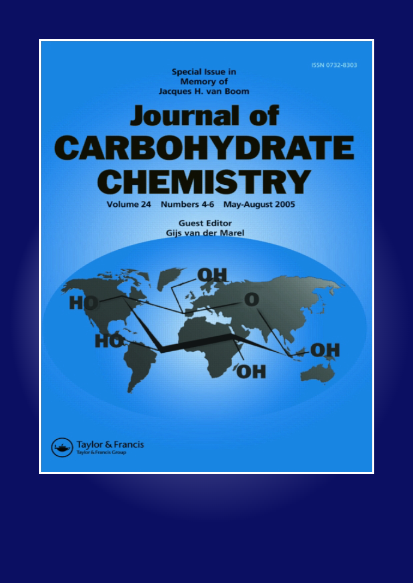Inhibition of lipopolysaccharide layer by plant-derived molecules: A novel approach to combat Helicobacter pylori
IF 2.2
4区 化学
Q4 BIOCHEMISTRY & MOLECULAR BIOLOGY
引用次数: 0
Abstract
The WHO classifies H. pylori as a critical public health issue. H. pylori is a gram-negative bacterium that causes infections in the stomach lining, contributing to conditions such as gastritis, peptic ulcers, and gastric cancer. The emergence of multidrug resistance in H. pylori presents a major obstacle in treatment, resulting in ineffective therapies and prolonged infections. The lipopolysaccharide biosynthesis pathway plays a crucial role in the survival of H. pylori. UDP-3-O-acyl-N-acetylglucosamine deacetylase (LpxC) is an essential enzyme, and its crucial role in disease pathogenesis has positioned LpxC as a highly promising druggable target for targeting H. pylori infection. In this study, we utilized structure-based virtual high-throughput screening of phytochemicals to discover potential inhibitors of LpxC. The selection of hits was initially based on their compliance with the Lipinski rule of 5, along with their toxicological, pharmacokinetic properties, and other drug-like attributes. This was followed by 100 ns molecular dynamics simulations in triplicate and MM/PBSA based binding free energy calculations. These findings indicated that Panicutine interacts strongly and enhances the stability of the LpxC structure, suggesting it as potential inhibitor of LpxC. The outcomes point to future studies to enhance their effectiveness as innovative and cost-effective treatments for H. pylori infections.
植物源性分子抑制脂多糖层:一种对抗幽门螺杆菌的新方法
世界卫生组织将幽门螺旋杆菌列为严重的公共卫生问题。幽门螺杆菌是一种革兰氏阴性细菌,会引起胃粘膜感染,导致胃炎、消化性溃疡和胃癌等疾病。幽门螺杆菌多药耐药的出现是治疗的主要障碍,导致治疗无效和长期感染。脂多糖生物合成途径在幽门螺杆菌的生存中起着至关重要的作用。udp -3- o -酰基- n -乙酰氨基葡萄糖脱乙酰酶(LpxC)是一种必需的酶,其在疾病发病机制中的重要作用使LpxC成为一种非常有前途的靶向幽门螺杆菌感染的药物靶点。在这项研究中,我们利用基于结构的虚拟高通量植物化学物质筛选来发现LpxC的潜在抑制剂。药物的选择最初是基于它们是否符合Lipinski规则5,以及它们的毒理学、药代动力学特性和其他类似药物的属性。随后进行了100 ns三次分子动力学模拟和基于MM/PBSA的结合自由能计算。这些结果表明,Panicutine与LpxC的相互作用强,增强了LpxC结构的稳定性,提示其可能是LpxC的潜在抑制剂。这些结果表明,未来的研究将提高它们作为幽门螺杆菌感染的创新和经济有效的治疗方法的有效性。
本文章由计算机程序翻译,如有差异,请以英文原文为准。
求助全文
约1分钟内获得全文
求助全文
来源期刊

Journal of Carbohydrate Chemistry
化学-生化与分子生物学
CiteScore
2.10
自引率
0.00%
发文量
20
审稿时长
1 months
期刊介绍:
The Journal of Carbohydrate Chemistry serves as an international forum for research advances involving the chemistry and biology of carbohydrates. The following aspects are considered to fall within the scope of this journal:
-novel synthetic methods involving carbohydrates, oligosaccharides, and glycoconjugates-
the use of chemical methods to address aspects of glycobiology-
spectroscopic and crystallographic structure studies of carbohydrates-
computational and molecular modeling studies-
physicochemical studies involving carbohydrates and the chemistry and biochemistry of carbohydrate polymers.
 求助内容:
求助内容: 应助结果提醒方式:
应助结果提醒方式:


